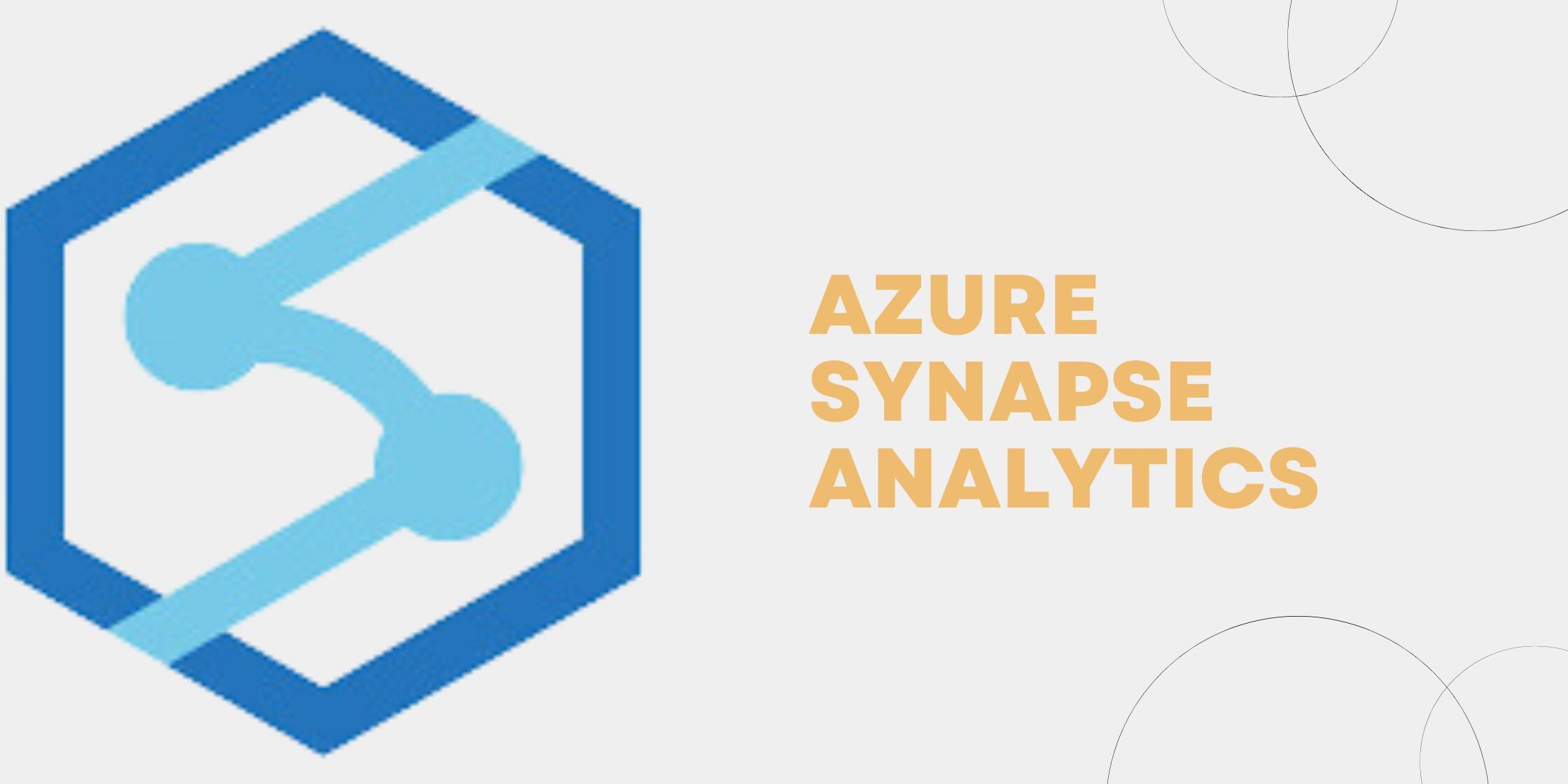It has been over year since Microsoft officially launched Azure Synapse. This was officially released in November 2019 at its Ignite conference in Orlando, Florida.
A platform touted to be a cutting-edge initiative and an attempt to unify and make sense out of an exceedingly clogged space of Data & Analytics Platforms. In the past year, this technology has garnered some significant following. So, let’s dig into why Microsoft came up with this new offering, what’s in the bag and how it works and why you should give it a thought?
First let’s look at the origin
Before understanding what Azure, Synapse is, you need to understand what Azure SQL Data Warehouse all is about!
Released by Microsoft as Gen 1 in 2016, and Gen 2 in 2018, a first-rate cloud native OLAP data warehouse. According to its definition by Microsoft, Azure SQL data warehouse is a managed petabyte-scale service having the control to manage computing and storage independently.
In addition to the flexibility around compute workload elasticity, it also allows users to pause the compute layer while persisting the data to reduce costs in a pay-as-you-go environment. Some of its competitors at that time were Amazon Redshift, Google BigQuery, Snowflake, and Presto.
So, what is Azure synapse Analytics exactly?
As said, it is an extension of Azure SQL Data Warehouse (DW) with some major enhancements like on-demand query as a service. With deeper integration with other platforms, it allows users to securely pull data from sources such as a data warehouse, data Lake and big data analytics systems thus, speeding up the journey from raw data to business insights.
As for operational components, Synapse consists of four fundamental parts:

- SQL analytics: Synapse offers T-SQL analysis of your relational and non-relational data via SQL Cluster (where you pay by the computational unit) and SQL on-demand (where you pay by the number of processed terabytes).
- Apache Spark: Apache Spark is the leading platform for managing SQL queries, batch processing, stream processing, and machine learning analysis on large data stores.
- Synapse Analytics Studio: Synapse Analytics Studio offers a unified workspace where you can use all of your analytics tools related to AI, ML, IoT, and BI in a single place.
- Connectors for ingesting/integrating data from data sources: Synapse features 85 native connectors for integrating the most popular data sources so you can quickly ingest all of your data from diverse systems into the data warehouse
Here are some of key features of Azure synapse that attracts you!
- Cloud Data Warehousing, Machine Learning Analytics, and Business Intelligence – Through its deep integrations with a wide range of Microsoft Azure technologies, Azure Synapse offers cloud data warehousing, machine learning analytics, and dashboarding in a single workspace. This allows you to quickly ingest all of your data, transform and query it with SQL, analyze the data with advanced machine learning algorithms, and visualize it with Microsoft Power BI.
- Ingest and Query Both Structured and Unstructured Data – Azure Synapse ingests all types of data, including relational (data warehouse) data and non-relational (data lake) data, and it lets you explore this data with SQL. In this way, Synapse brings all of your structured and unstructured data (LOB, CRM, Graph, Image, Social, IoT, etc.) under the same roof for easy access and analysis.
- Azure Data Lake Storage Gen2 – Azure Synapse uses Azure Data Lake Storage Gen2 as a next-level data storage solution to support large-volume data analytics.
- Massively Parallel Processing (MPP) – Azure Synapse uses massively parallel processing (MPP) database technology, which allows it to manage analytical workloads and aggregate and process large volumes of data efficiently. In contrast to transactional databases, which store rows in a table as an object, MPP databases store each column as an object. MPP databases also distribute data across many nodes that operate in parallel to process different portions of queries. This database architecture facilitates complex, long-running analytical processes.
- Easy Integrations with Microsoft Technology – As a Microsoft Azure product, Synapse integrates natively with your favorite Microsoft and Azure solutions such as Azure Blob Storage, Azure Data Lake, Azure Active Directory, Azure Machine Learning, and Power BI.
- Open Data Initiative Compatibility -Azure Synapse readily integrates with solutions that complies to the Open Data Initiative, which promotes easier data integration and compatibility between Adobe, Microsoft, and SAP technologies. Open Data Initiative solutions include products like Microsoft Dynamics 365, Microsoft Office, and Adobe Customer Experience Platform.
- Security and Privacy – Synapse includes the latest security and privacy technology such as real-time data masking, dynamic data masking, always-on encryption, Azure Active Directory authentication, single-sign-on authentication, and automated threat detection. The platform also allows you to control access to sensitive data via column-level and row-level security.
In conclusion, there’s no denying that Azure Synapse Analytics will bring some amazing changes in the developer community, there are others such as AWS Athena, Presto providing comparable solutions. This new product offering will help most of Microsoft’s enterprise cloud customers add massive value to their offerings by combining it with the existing cloud products. For more information read our Prometix Data and Analytics practice.
Prometix are a Microsoft Gold certified O365/Azure consultants (Sydney, Canberra, Melbourne & Perth) have delivered numerous Azure Data warehouse based solutions. If you need any assistance, please feel free to contact us via enquiries@prometix.com.au.






